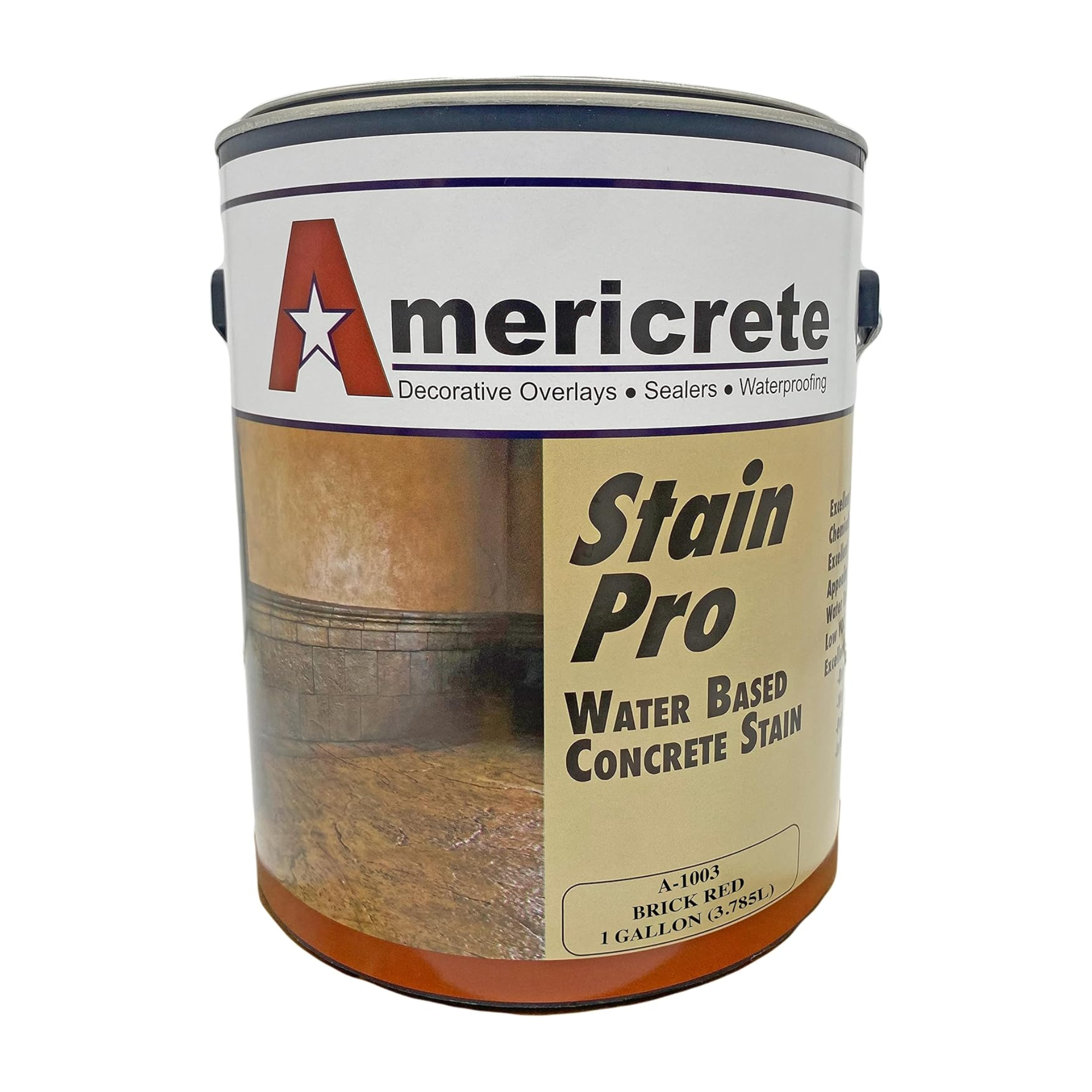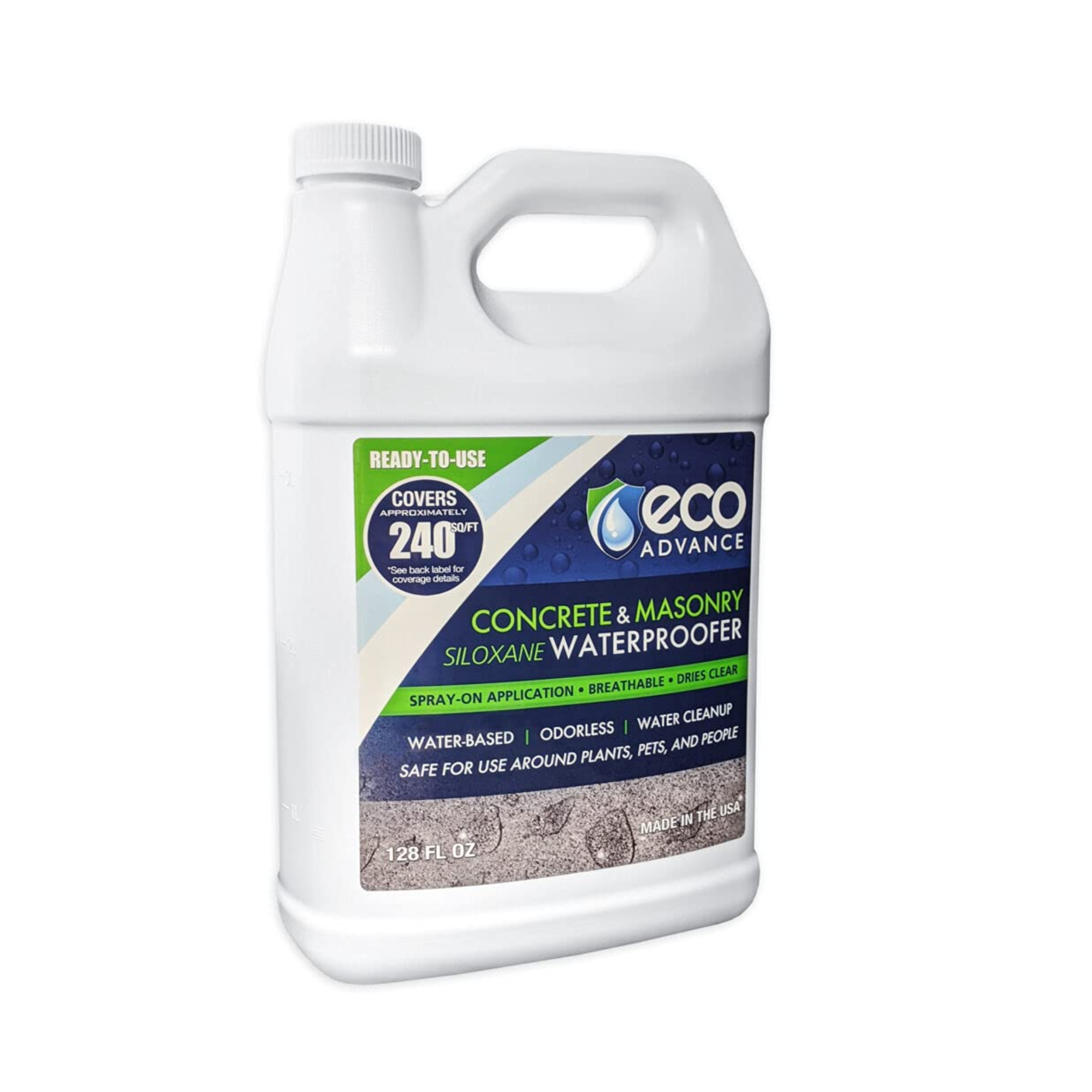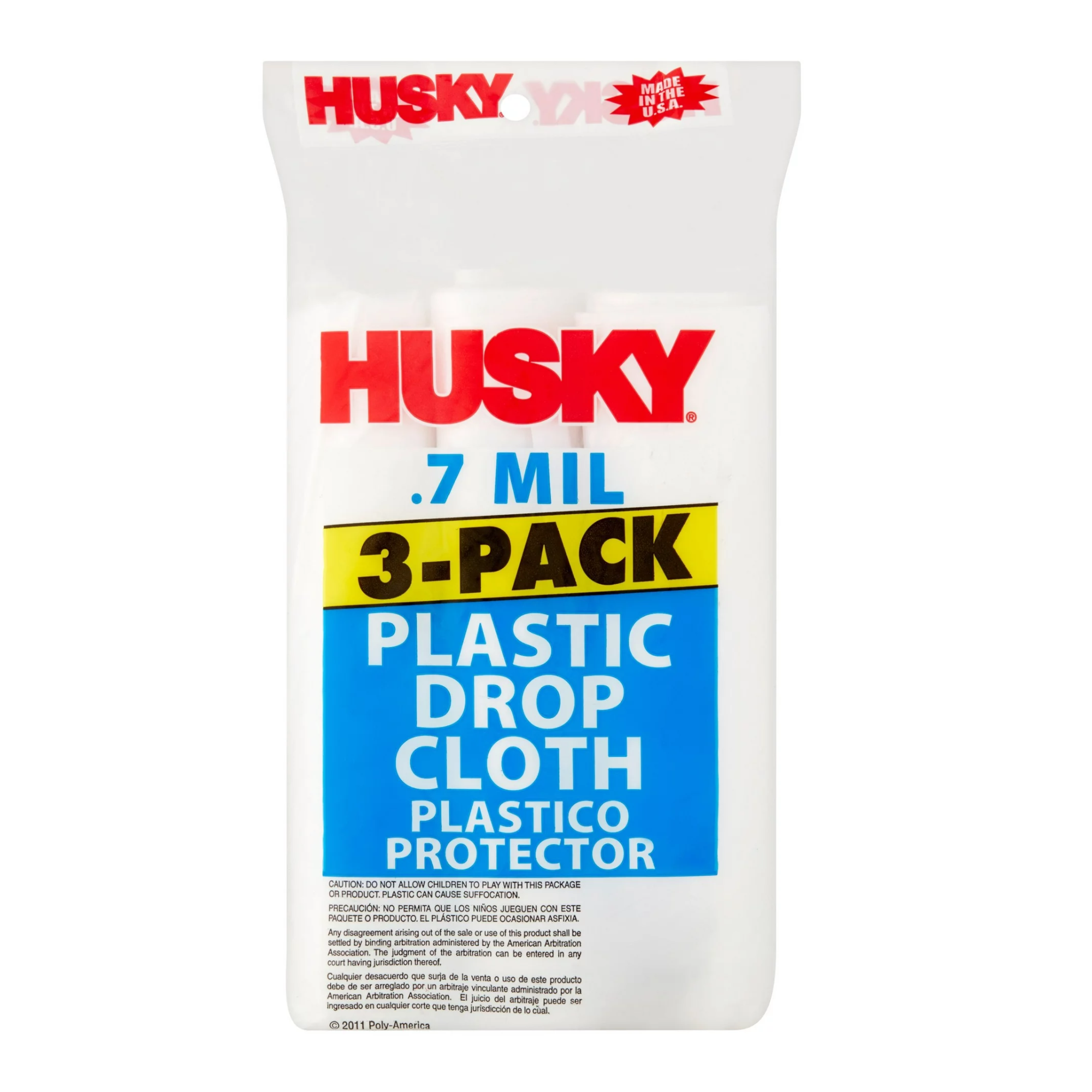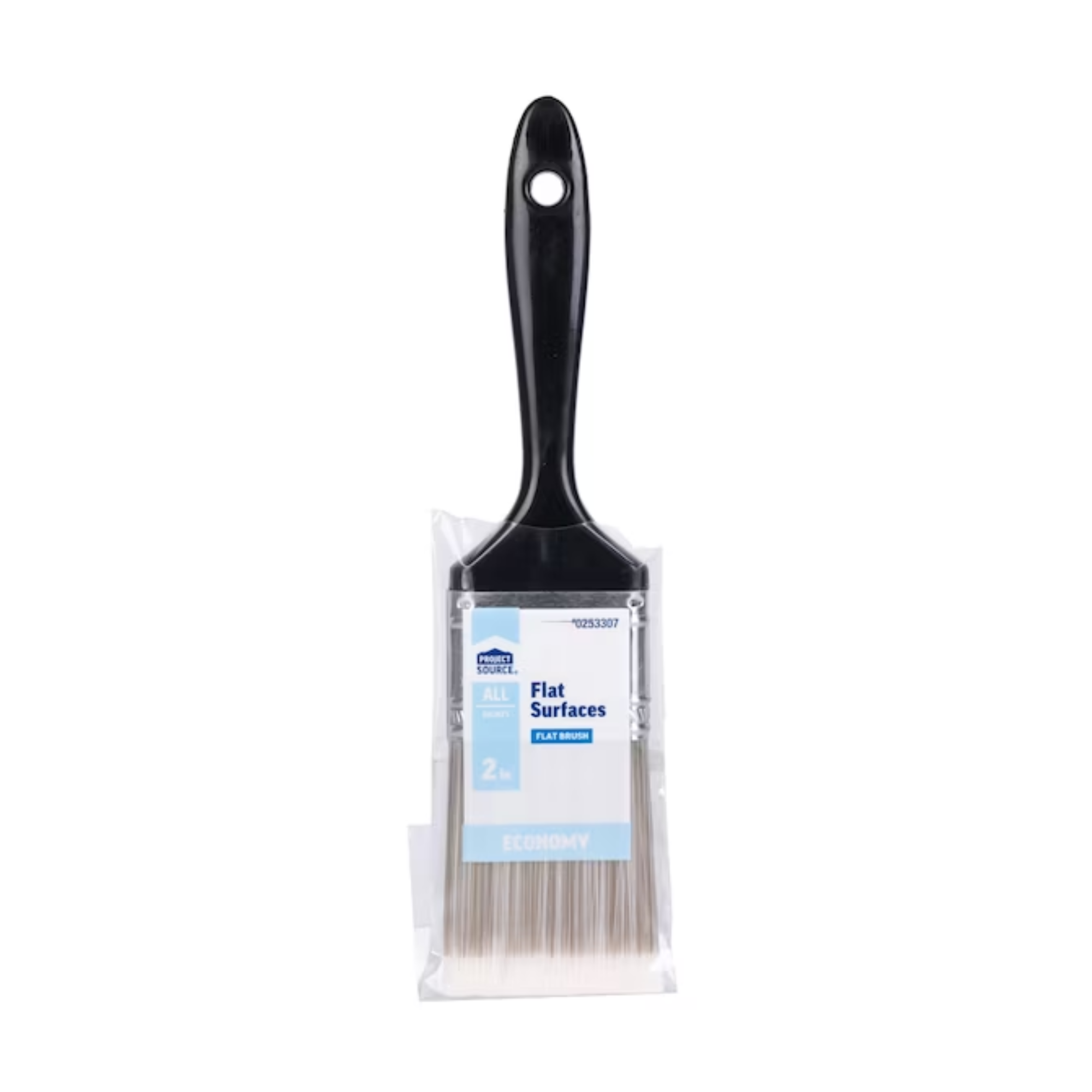How to Stain Brick — A 4-Step Guide to Refresh Your Home's Exterior and Increase Curb Appeal
Staining bricks is an easy and inexpensive DIY that can totally transform your outdoor space. These experts explain how it's done


With curb appeal gaining importance as summer sets in, we've been daydreaming of lively home exteriors that make a good first impression on guests and neighbors alike. The exterior of a home plays a significant role in setting the vibe you want to continue inside, so failure to invest in your outdoor space can make for a sorry sight. We say we shouldn't judge a home by its cover but, if we're being honest, we all do.
Since classic brick outlays are a common theme across a ton of modern homes, staining your bricks is a great unexpected place to paint for added curb appeal (and a cost-effective one, too). Here, we consulted the experts on how to give our exteriors a refresh, and they've told us exactly what we need to do to bring our bricks back to life. It may take some time and effort, but it'll also make your home the brightest on the block.
How to stain brick for a curbside boost
1. Prep your brick for staining
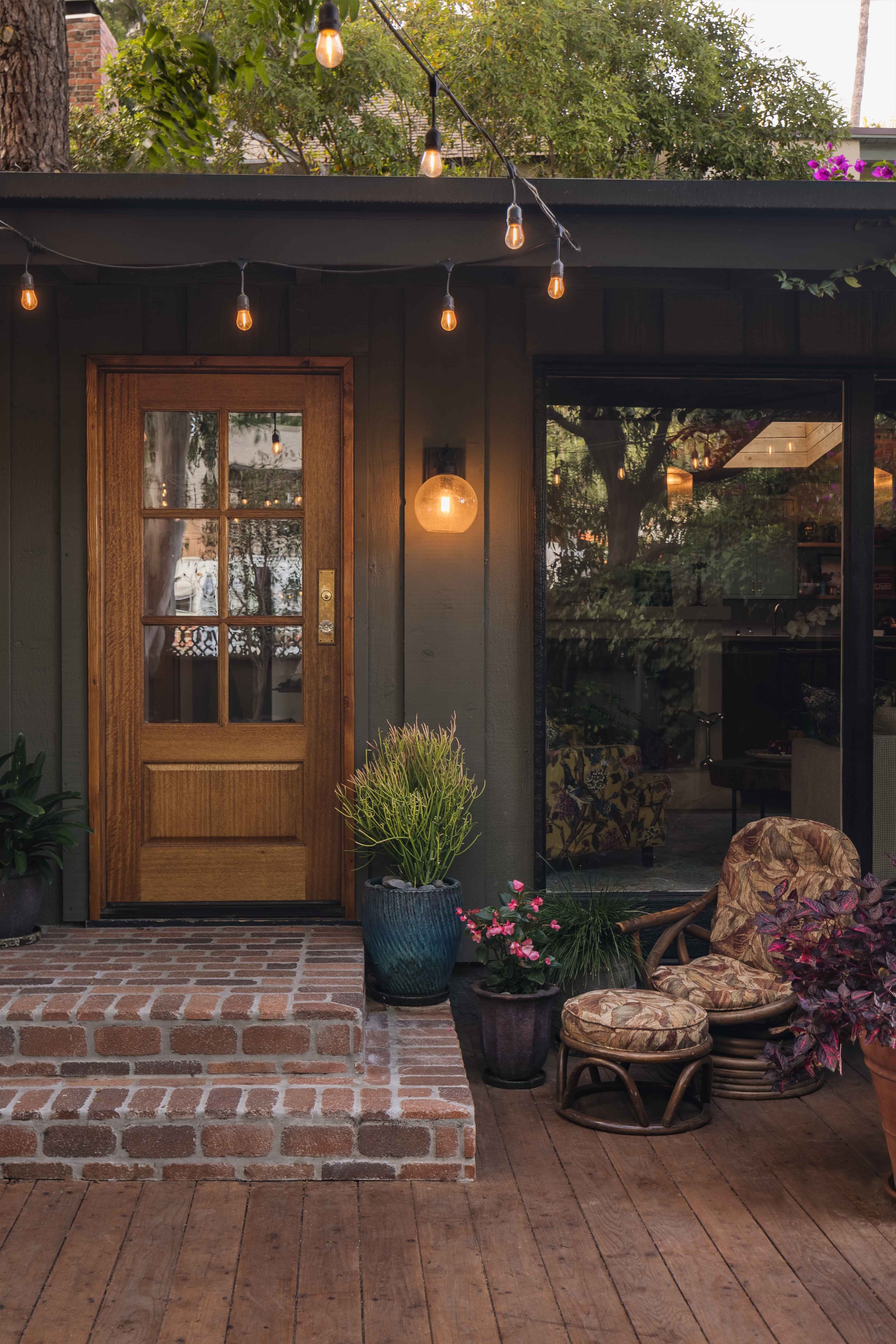
Masonry expert Andriy Boyko tells us that staining brick can be a fantastic way to boost curb appeal and revitalize your home's exterior, but he also points out that it's crucial to do it right. According to Andriy, the first and most crucial step to a well-stained exterior is to give your bricks a good cleaning. 'A pressure washer works wonders to get rid of dirt, dust, and any mold,' says Andriy. 'If you don’t have one, a stiff brush and a hose will do the trick, though it might take a bit more elbow grease.'
We find that a clean foundation makes all the difference and Jerome Bertuglia, owner of Prime Homes Inc., agrees. 'It's important to ensure that the brick surface is thoroughly clean as any impurities or old paint can affect the stain's performance,' he says. Andriy also advises homeowners to check the bricks for any damage and fill in the cracks with mortar mix if needed. Once your bricks are washed and repaired, let the bricks dry completely before you begin to stain them.
2. Select the right stain

Whether you're giving your front porch bricks a new look or your entire exterior wall, Jerome explains that choosing the right stain is crucial. 'I recommend using a breathable, masonry-specific stain like Sherwin-Williams' H&C Concrete and Masonry Stain,' says Jerome. 'It penetrates the brick deeply, ensuring a long-lasting color that will weather the elements.' Having used the stain in a recent project, Jerome tells us that the results were outstanding, not only in color depth but also in maintaining the brick's natural texture.
Andriy also suggests prioritizing a light stain and recommends a water-based one for durability and an organic finish. If you're wondering what color pairs well with the overarching palette of your home's exterior, he recommends testing a small, out-of-sight area first to make sure you like how it looks when it’s dry. 'Remember, stains look darker when wet and lighter once they dry,' he notes.
Once you've decided on the stain that complements your home,be sure to read the product information to check if it requires a base coat of primer. 'If it does, apply the primer evenly and leave it to dry completely before beginning to stain,' he says.
3. Apply the stain
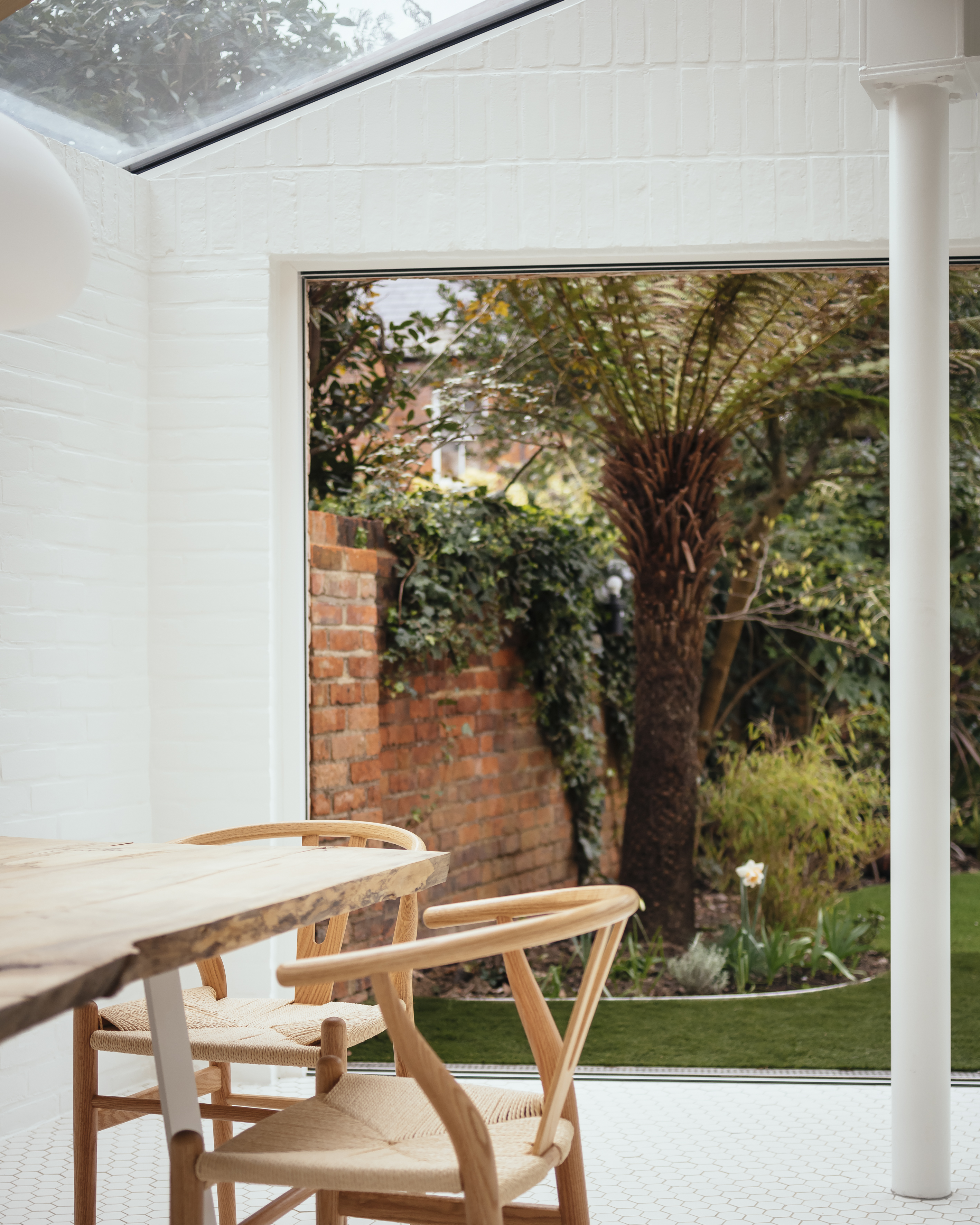
Before you get down to business and begin applying the stain, Andriy strongly advises arranging drop cloths and painter's tape around the space to avoid accidental drips from staining surfaces other than the brick. Additionally, he recommends wearing gloves, goggles, and a mask to protect yourself from the stain and its fumes.
When it comes to staining the brick, the application technique is key. 'Use a paintbrush for detailed control, especially around edges and corners,' says Jerome. 'And if you're tackling larger areas, a high-quality roller or a garden sprayer can come in handy to speed up the process.' You should also apply multiple thin layers rather than one thick coat for a finish that'll rival an expert job. 'While working on a recent client's home, we applied three thin layers of stain, allowing 24 hours of drying time between coats,' Jerome recounts. 'This method provided a rich, even color without any brush marks.'
One of Andriy's top tips for a flawless finish is to apply the stain starting from the top and working your way down to avoid streaks and drips, just as you would when staining a fence. 'Work in small sections to make sure you get an even coat and to avoid the stain drying unevenly,' he notes.
4. Seal the brick
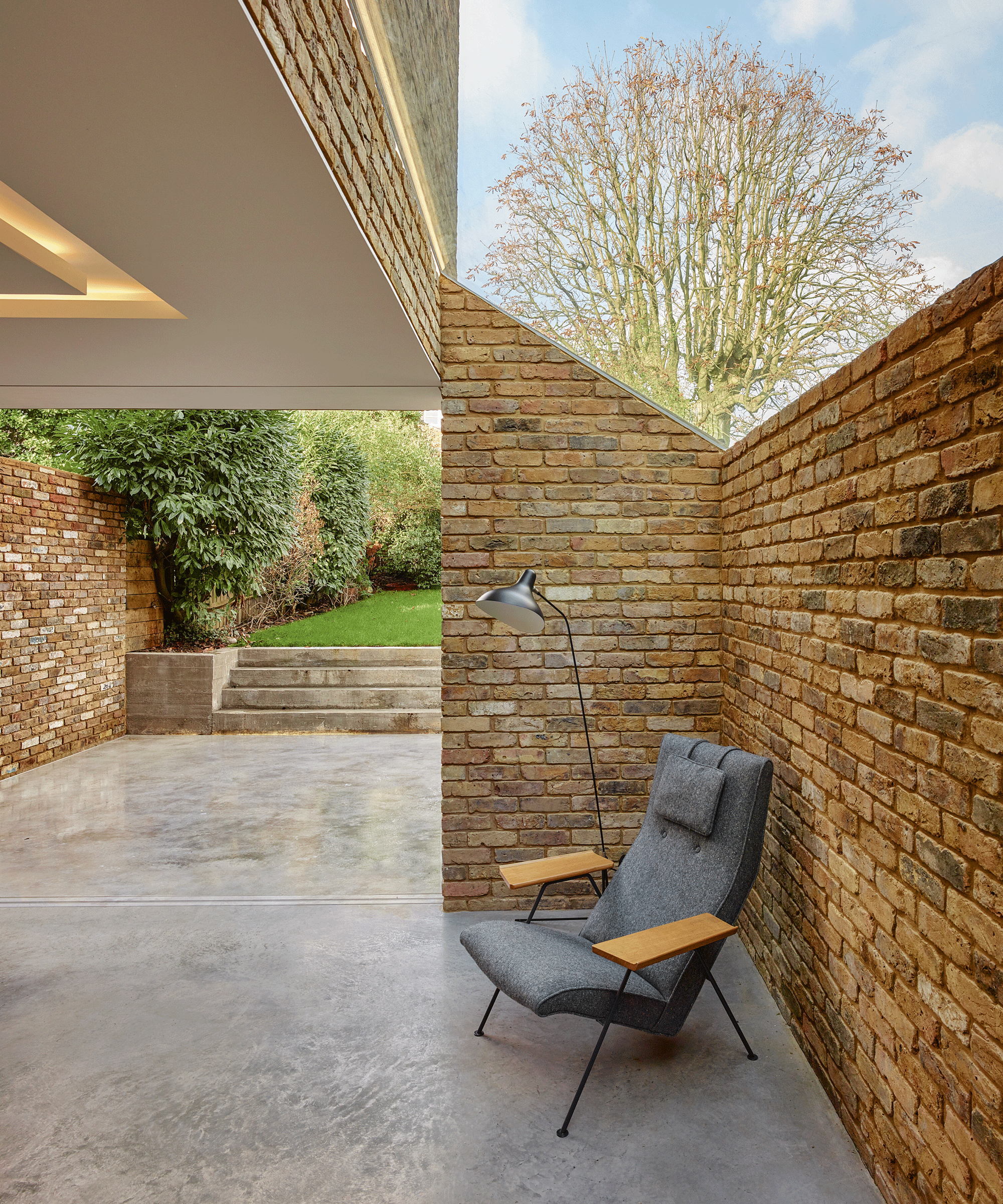
The final step to a perfectly stained brick exterior is to seal it in place. 'Once the stain is dry, apply a masonry sealer to protect the brick and keep the color looking fresh,' says Andriy. Once you're done treating the stained - and now sealed - brick, make sure you give it enough time to cure before exposing it to heavy rain or extreme temperatures. According to Andriy, this will help the stain and sealer bond well with the brick.
While you may consider sealer to be another tedious task on the list, Jerome strongly advises sealing the brick as it helps protect the color and extend its lifespan. From professional experience, he recommends opting for a silane-siloxane sealer, which provides excellent moisture resistance and prolongs the stain's durability.
Contrary to belief, staining brick isn't as difficult as you'd think. Sure, it requires some time and effort but we can only imagine the total satisfaction that'll arise by the end of the process. Every modern home requires a bit of TLC and this is the perfect way to treat your propery to a little summer makeover.
Everything you need to stain your brick home
FAQs
How often should you inspect your brick exterior?
According to Andriy, it's advisable to conduct an annual inspection to check for any sigs of wear or damage. This way you can keep an eye on your exterior and touch up as and when needed for long-lasting curb appeal.
How can you maintain your brick exterior?
When it comes to maintaining your homes' exterior, Andriy recommends cleaning your brickwork on a regular basis by treating it with mild detergent and water. He also advises against using harsh chemicals to clean the brick, as it could potentially damage the stain and the sealer.
Be The First To Know
The Livingetc newsletters are your inside source for what’s shaping interiors now - and what’s next. Discover trend forecasts, smart style ideas, and curated shopping inspiration that brings design to life. Subscribe today and stay ahead of the curve.

Amiya is a Home Wellness Writer at Livingetc. She recently graduated with a Masters Degree in Magazine Journalism from City, University of London, and has lent her words to beauty, fashion, and health sections of lifestyle publications including Harper’s Bazaar and Women’s Health. Her experience as a research analyst has equipped her with an eye for emerging trends. When she’s off the clock, she can be found reading, listening to music, or overanalyzing her latest Co-Star update.
-
 Slub Weaves and Silver Sardines — H&M Home Makes a Case for a Summer Edit That Doesn’t Take Itself Too Seriously
Slub Weaves and Silver Sardines — H&M Home Makes a Case for a Summer Edit That Doesn’t Take Itself Too SeriouslySomehow, they’re both having a moment — and H&M Home knows exactly what to do
By Julia Demer
-
 10 Ladder Kitchen Cabinet Ideas That Make the Most of High Storage and Make Your Scheme Feel Classy
10 Ladder Kitchen Cabinet Ideas That Make the Most of High Storage and Make Your Scheme Feel ClassyRail ladders in a kitchen have a sort of elegance to them that's hard to ignore, but they're also practical for storage, too
By Linda Clayton
